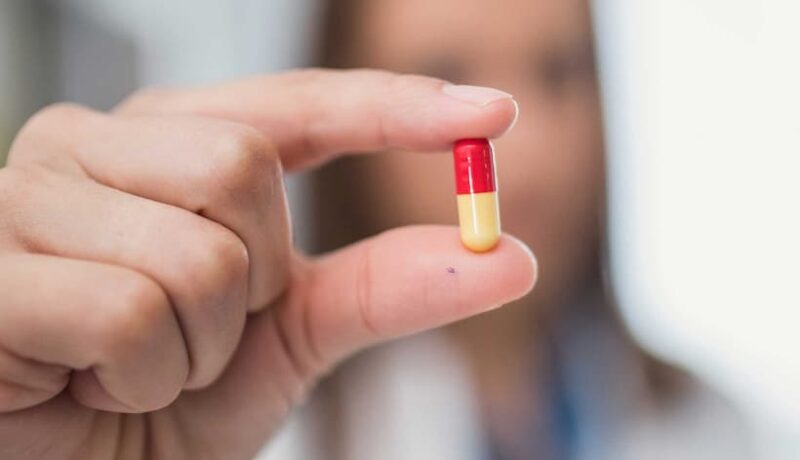Introduction to Buprenorphine
Buprenorphine is a medication commonly used in the treatment of opioid use disorder. As a partial opioid agonist, it helps reduce withdrawal symptoms and cravings associated with opioid dependence. By understanding its effects, benefits, and potential risks, individuals and healthcare providers can make informed decisions about its use in managing opioid addiction.

Effects and Side Effects
Primary Effects
Buprenorphine works by binding to the same receptors in the brain as other opioids like heroin, fentanyl, and oxycodone. However, it activates these receptors to a lesser degree, which can help manage withdrawal symptoms and reduce cravings without producing the intense euphoria associated with full agonists.
Side Effects
Like all medications, buprenorphine can cause side effects. Common side effects include headache, nausea, constipation, and sweating. In some cases, patients may experience more severe reactions such as respiratory depression, especially when combined with other central nervous system depressants.

Treatment of Opioid Dependence
Role in Rehabilitation
Buprenorphine is often used as part of a comprehensive treatment plan that includes counseling and behavioral therapies. This combination helps address the psychological aspects of addiction, providing a holistic approach to recovery. It is particularly effective in reducing the risk of relapse and improving long-term outcomes.

Comparison with Other Treatments
Compared to other opioid treatments such as methadone, buprenorphine has a lower risk of abuse and overdose, making it a safer option for many patients. It can be prescribed in an office setting, increasing accessibility for those seeking help. However, it is essential to tailor treatment plans to individual needs, considering factors such as the severity of dependence and the presence of co-occurring disorders.
Conclusion
Buprenorphine plays a crucial role in the fight against opioid addiction, offering a safe and effective treatment option for those struggling with dependency on substances like heroin and synthetic opioids. By incorporating medication-assisted treatment with supportive therapies, individuals can achieve and maintain recovery, leading to healthier, more productive lives.
Comments